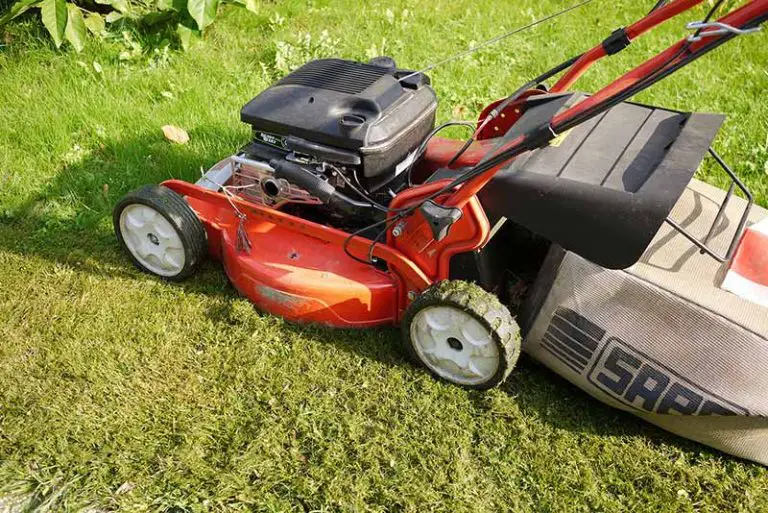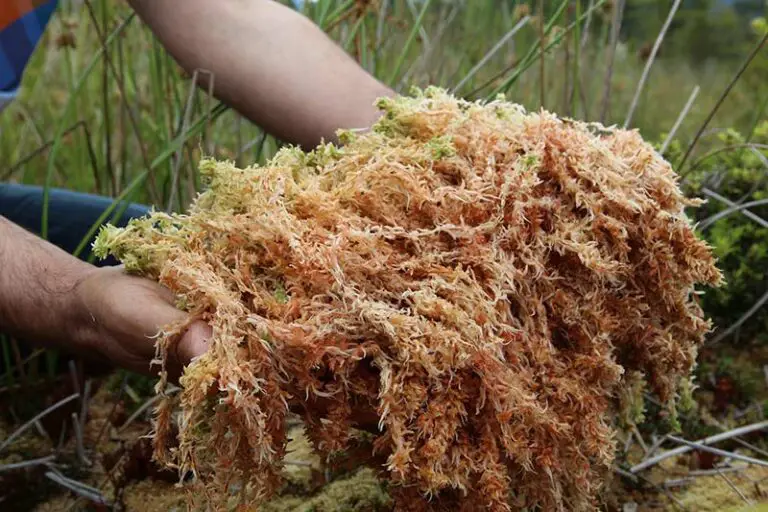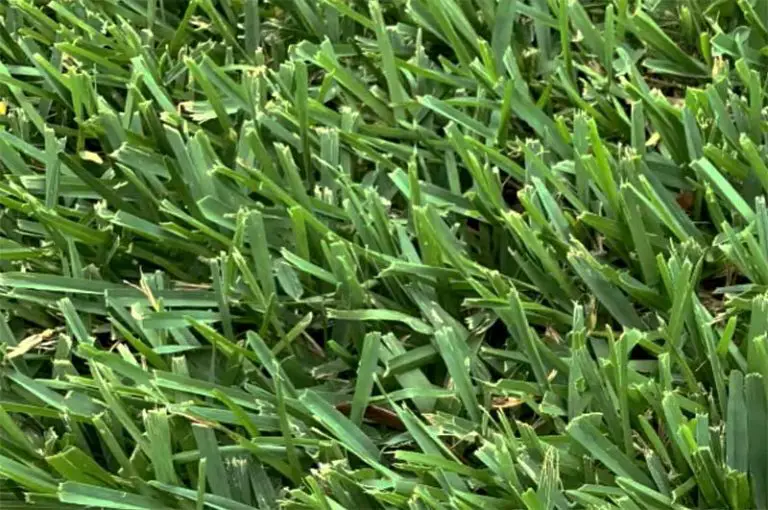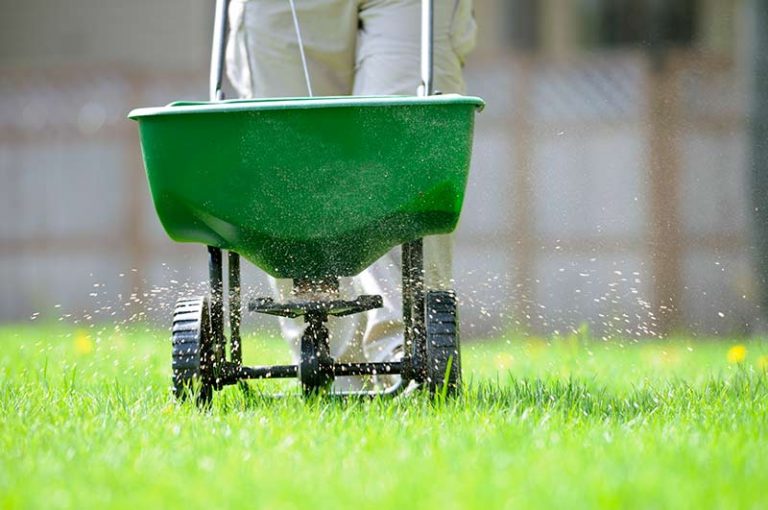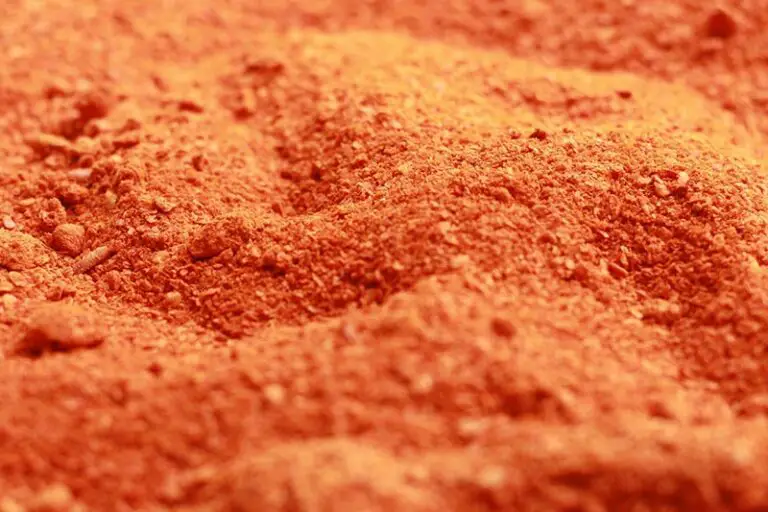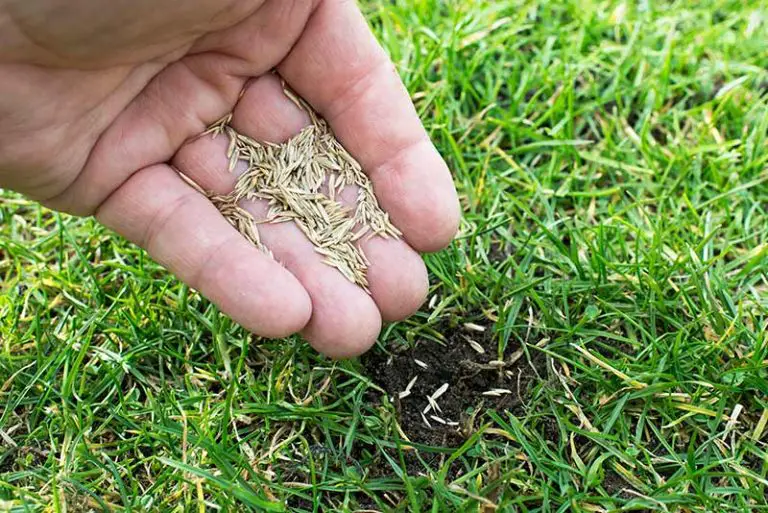Why Does Dog Pee Kill Grass? (& How to Fix Grass Where Dogs Pee)
Like humans, dogs urinate as a way to expel waste nutrients they consume from their diet. Being creatures of habit, dogs also tend to pick the same spots for their daily potty breaks. If your pup (or someone else’s pup) repeatedly urinates on your lawn, it won’t be long before you start to see the consequences of their bathroom habits on your grass.
Dog pee kills grass because of the high concentration of nutrients that the pee contains. These nutrients, primarily nitrogen, are the same compounds found in regular lawn fertilizer. The high concentration of nitrogen in the dog pee essentially overfertilizes the grass in the affected areas; this causes the grass to turn yellow or brown before dying off completely. The best way to fix grass in dog pee spots is to reseed the damaged patches with a dog-friendly grass species.
Does Dog Pee Kill Grass?
Yes, dog pee does kill grass, being a common cause for yellow, brown, or patchy turf on your lawn. If you’re a pet owner, or you have some unwanted canine visitors that frequent your lawn, their bathroom habits could be the culprit of your dead grass.
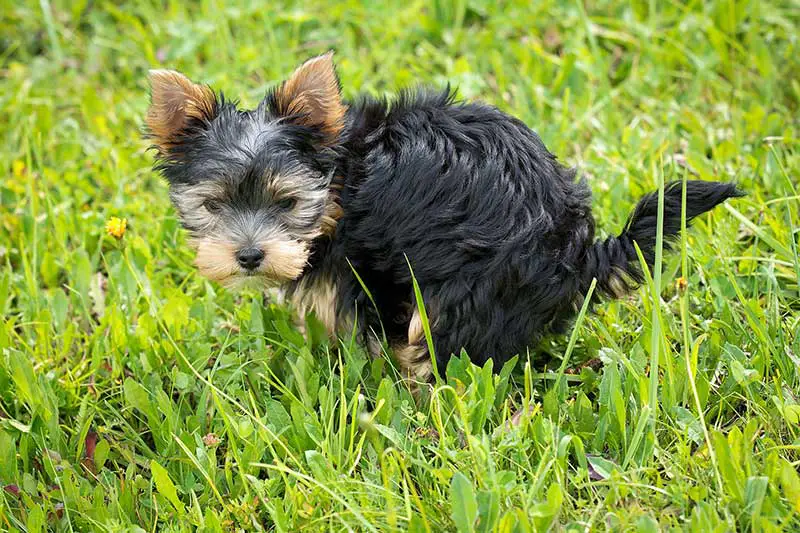
Does Male Dog Urine Kill Grass?
Male dog urine does kill grass. Although male dogs tend to cause less damage than females, either can create dog spots on grass.
Does Female Dog Urine Kill Grass?
Female dog urine does kill grass, and tends to have more of a damaging effect than that of male dogs. This is less to do with the difference in sexes, as the chemical make-ups of female and male dog urine are generally the same. Instead, this is down to the way in which they urinate. Male dogs tend to pee on standing surfaces like tree trunks and fences by lifting a leg; female dogs more often squat to pee directly on the grass below them. As the female dogs concentrate their urine in this way, they typically cause more damage than males.
Why Does Dog Pee Kill Grass?
Dog pee kills grass in a similar way to how fertilizer burn develops on grass. The urine of female and male dogs contains concentrated compounds of nutrients; when dogs urinate in the same spot, the nutrients build up to the point of toxicity, burning the grass in the affected areas.
Like humans, the nutrients that dogs consume from their diet and nutritional supplements are absorbed into their bloodstream. The extra nutrients that aren’t absorbed are filtered through the dog’s kidneys, before being expelled through their urine. It’s in a dog’s nature to urinate in the same spots; as the liquid in their urine evaporates off, the nutrients are left behind in a highly concentrated dose in these areas.
Again, the dog pee will kill grass in these areas like an excess application of fertilizer would. The high concentration of nitrogen and salts in the pee causes the grass to turn yellow, then brown, before dying off completely. With this type of damage, you may also notice a ring of bright green grass around the discolored turf where the nitrogen actually fertilized the grass.
Will Grass Grow Back After Dog Urine?
Grass will grow back in dog urine spots with the right care and treatment. Although you cannot revive dead grass, you can reseed these spots with new grass seed; this is the best way to quickly repair dog damage on a lawn.
Even if you don’t reseed, the grass should spread to fill the bare spots on its own in time. With that said, reseeding is the best course of action; it may take a while for the grass to regrow in the damaged areas, leaving bare spots of exposed soil. This makes room for invasive weeds to move in and take over your lawn before the grass has a chance to recover.
What’s the Best Grass Seed for Dog Urine Spots?
If you choose to reseed or overseed your lawn, this is a great opportunity to plant a more dog-friendly grass type. The best grass seed for dog urine spots includes tall fescue, Kentucky bluegrass, and perennial ryegrass for cool-season lawns, or Bermuda grass and zoysia grass for warm-season lawns. All of these grasses possess the ideal characteristics to withstand daily usage from dogs.
The grass types that hold up best against daily dog usage are those with a rapid growth rate and naturally extensive root system. With more extensive roots, certain types of grass are better able to resist stressful conditions, including the wear and tear that comes with dogs. Combined with a rapid growth rate, these particular grasses will also recover quickly when dog damage does occur; they will be able to spread and fill bare spots on their own without the necessity of reseeding. Not only will these species help to fix grass where dogs pee, they will also hold up against high traffic during playtime.
When choosing a suitable dog-friendly grass seed, you must also consider the grass’ compatibility with your local climate. Grass types are classified as either cool-season grass or warm-season grass; as the names suggest, the grasses differ in their preferred growing conditions. Cool-season grasses are best for those in the northern regions of the US, while warm-season grasses are better suited to the south. Both types are found in the transition regions where weather conditions vary. If you’re unsure which grass type would be best for your lawn, consult with a lawn care professional before seeding.
How to Identify Dog Urine Spots on Grass
Dog urine spots can appear very similar to the symptoms of other unrelated lawn issues. For instance, what may look like dog urine spots could actually be an indication of fungal disease, pests, or improper fertilization. It’s important to first identify the cause of the spots on your lawn to then carry out the suitable treatment.
Yellow or Brown Spots on Lawn
Yellow or brown patches of grass are an indication that the grass is dying in these areas. While this could be a sign of dog urine damage, there are many other reasons why the grass may be turning yellow or brown in patches.
- Dog Urine – Yellow or brown spots caused by dog urine typically have a border of bright green grass; as we’ve explained, this is where the high nitrogen content in the dog urine has fertilized the grass. Also, if you tug on the turf, it shouldn’t pull up easily from the ground; dog pee damage only affects the upper growth of the grass and won’t affect the strength of its roots.
- Pests and Fungal Disease – Other possible causes for patchy yellow or brown grass include pests and fungal disease. For example, pests like grubs feed on the roots of the grass, causing the upper growth to die off. Disease-causing fungal spores can also cause discoloration and grass death by destroying the grass’ roots. Due to the nature of the damage, grass that pulls up easily from the soil is most likely caused by pests or fungal disease.
- Improper Fertilization – Yellow or brown patches could also be an indication of improper fertilization practices. When fertilizing your lawn, applying the product in an even layer across the soil surface is essential. Accidentally adding too much fertilizer in some areas will lead to a condition called fertilizer burn; in the same way that dog pee damage occurs, the burn is a result of the soil having too much nitrogen.
Dark Green Spots on Lawn
In some cases, dog urine will actually cause the grass to turn dark green in certain patches. This can occur if your dog pees on grass that was previously lacking in nitrogen; the nitrogen in the dog’s pee will fertilize the grass back to health instead of killing it. If this is the case, you’ll need to correct the issue by adding fertilizer to the rest of the lawn.
How to Neutralize Dog Urine on Grass
The only way to neutralize dog urine on grass is to dilute it with water. Immediately after your dog urinates, douse the area with water to reduce the concentration of the pee on the grass.
You may come across suggestions of alternative substances to neutralize dog urine on grass such as baking soda or gypsum. You should avoid using these substances, however; as they are salts, both gypsum and baking soda will kill grass and do not work to counteract the effects of dog urine. This will only worsen the damage in the dog pee spots on your lawn.
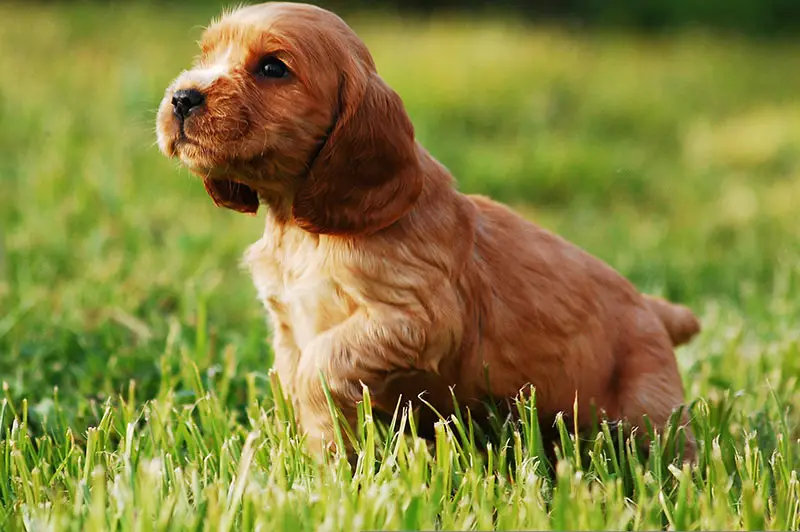
How to Stop Dog Urine From Killing Grass Naturally
Encourage Dog to Drink More Water
If your dog is creating severe dog spots on the lawn, this could actually be a sign that they’re not drinking enough water. A dog that is dehydrated is more likely to kill grass as their pee contains a higher concentration of nitrogen. By encouraging your dog to drink more water, you will dilute the chemicals in its pee, lessening their impact on the grass.
More importantly, a well-hydrated dog will be much healthier and happier. Dogs must drink plenty of water to maintain their skin, digestion, and bladder health; they also drink water as a way to cool themselves down when they’re overheating. You should provide an accessible source of fresh, clean water to your dog at all times.
You can also incorporate more water into your dog’s diet by feeding them hydrating foods and treats. If you usually give them dry kibble, try mixing in some wet food into their dinner. Many fruits are safe for dogs to eat, like blueberries, apple slices, and watermelon or cantaloupe pieces. Another hydration option that’s particularly beneficial in warmer weather is to give your dog some ice cubes to chew.
Create a Designated Pee Spot for Dog
You should consider sacrificing a small area of the lawn to be a designated pee spot for your dog. With enough encouragement and rewarding, you can train your dog to do their business in one particular area; this will stop dog urine from killing your grass in the rest of the lawn.
Choose a small area in a lesser-used part of your lawn to become your dog’s designated pee spot. By rewarding the dog each time they pee in the right place, they’ll start understanding where they’re allowed to go. Use high-value treats and a lot of praise every time they go in the designated area; within a few weeks, your dog should start naturally gravitating to their designated pee spot. However, in case training fails, an alternative option is to create a fenced-in area for your dog to use.
Maintain Healthy Grass
Healthier grass will better withstand all kinds of stress, including dog urine damage. Adjusting your lawn care activities could significantly improve your grass’ resistance against dog urine and other common stressors. If you opt for organic methods, this is a highly effective way to stop dog urine from killing grass naturally.
To begin repairing a dog-damaged lawn, you should reseed the damaged patches following the method in the next section. You must then take care of the lawn after the new grass grows in. When fertilizing your lawn, opt for a low-nitrogen, slow-release organic fertilizer. These fertilizers are gentler on the grass, releasing their nutrients gradually as the organic matter decomposes.
During irrigation, aim to water deeply to flush the excess nitrogen out of the turf. Also keep in mind our previous advice on diluting your dog’s pee with water soon after they go. An additional tip to encourage optimal grass health is to let it grow as tall as possible; taller grass plants have more extensive roots that hold up better to stress and dog damage.
How to Fix Grass Where Dogs Pee
1. Remove Dead Grass From Damaged Areas
Begin by removing the grass from the dog urine spots on your lawn. You could do this simply using a rake to scrape up the dead grass; however, the better option is to use a rototiller to till the soil. Tilling the soil helps to break up and aerate the turf, creating spaces for air, water, and nutrients to circulate. This is a crucial step in preparing your soil for grass seed.
2. Overseed Damaged Areas
After preparing the soil in the dog urine spots, overseed the bare soil with new grass seed. As per our previous advice, choose the best grass for overseeding your lawn based on the climate in your area. Refer to the packaging of your grass seed for its specific seeding rate; remember to follow the rate listed for ‘reseeding’ rather than the regular seeding rate.
You can use either a drop spreader or broadcast spreader for this step. If you’re only repairing concentrated spots of damage, we recommend using a drop spreader; these tools are best for small areas as they allow more accurate and precise application of the seed. You should instead opt for a broadcast spreader if you’re overseeding a larger area or the entire lawn.
3. Water Newly Sown Seed
As soon as you finish seeding, water the planting area thoroughly to moisten the top 6 to 8 inches of soil. Avoid overwatering the grass seed, i.e. watering to the point that the soil is soggy or saturated; this can drown your seeds or wash them away completely. Continue with a watering schedule for new grass until you see sprouts in the overseeded areas.

